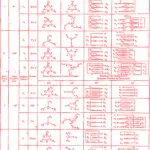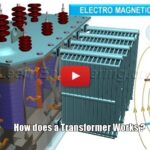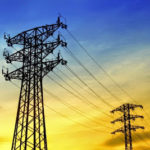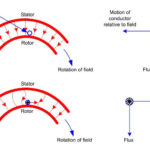Transformers are fundamental components in the transmission and distribution of electrical energy. Learn more about the working of a transformer. Among the various types of connections employed for three-phase transformers, the star-star (Y-Y) connection stands out, particularly for its suitability in small current and high voltage transformers. This article delves into the star-star transformer connection, highlighting its advantages and disadvantages, and important considerations to ensure optimal performance.
What is a Star-Star (Y-Y) Transformer Connection?
In a star-star transformer connection, both the primary and secondary windings are connected in a star (Y) configuration. This means that each winding is connected to a common neutral point, forming a ‘Y’ shape. The star-star connection is primarily used in scenarios where the transformer is subjected to small currents and high voltages.
Connection Diagram
The connection diagram of a star primary and star secondary (Y-Y) transformer is shown in the image below. For more diagrams, see transformer connection diagrams. This type of connection is not very commonly used because of the problems associated with the exciting current, which can be distorted with harmonic content.
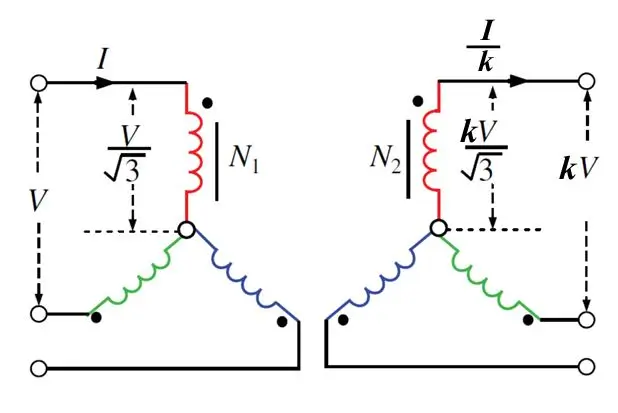
Given:
- Primary line voltage: $V$
- Line current: $I$
- Turn ratio: $k = \frac{N_2}{N_1}$
Primary Side:
- Phase voltage on the primary side:
$$
\boxed{V_{P1} = \frac{V}{\sqrt{3}}}
$$
- Phase current on the primary side:
$$
\boxed{I_{P1} = I}
$$
Transformation to Secondary Side:
- Phase voltage on the secondary side:
$$
\frac{V_{P2}}{V_{P1}} = k \quad \Rightarrow \quad \boxed{V_{P2} = k \cdot \frac{V}{\sqrt{3}}}
$$
- Phase current on the secondary side:
$$
\frac{I_{P1}}{I_{P2}} = k \quad \Rightarrow \quad \boxed{I_{P2} = \frac{I}{k}}
$$
Secondary Side Line Quantities (Star Connection):
- Line voltage on the secondary side:
$$
\boxed{V_{L2} = \sqrt{3} \cdot V_{P2} = \sqrt{3} \cdot \left( k \cdot \frac{V}{\sqrt{3}} \right) = k \cdot V}
$$
- Line current on the secondary side:
$$
\boxed{I_{L2} = I_{P2} = \frac{I}{k}}
$$
Advantages of Star-Star Connection
- Reduced Voltage per Phase:
- The phase voltage in a star-star connection is given by $\frac{\text{Line Voltage}}{\sqrt{3}}$. This reduction in voltage per phase decreases the number of turns required per phase and the amount of insulation needed. This makes the star-star connection more economical in terms of material usage.
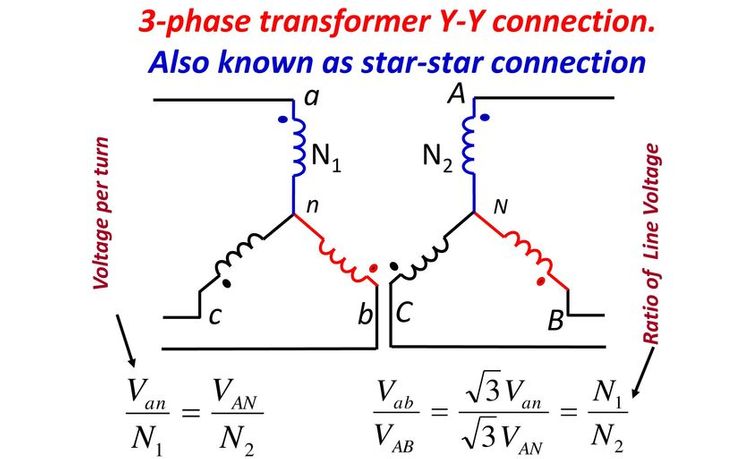
- Let Van as primary phase voltage and VAN as secondary phase voltage.
- No Phase Displacement:
- There is no phase displacement between the primary and secondary voltages. This feature is crucial for maintaining the integrity of the power system and ensuring consistent performance.
- Neutral Connection Provision:
- The star points on both the primary and secondary sides allow for a neutral connection. This facilitates grounding and can help in stabilizing the voltage levels across the transformer.
Disadvantages of Star-Star Connection
- Unbalanced Load Issues:
- If the load on the secondary side is unbalanced, the phase voltages can become unequal unless the load-star point is earthed. This imbalance can cause operational inefficiencies and potential damage to the transformer.
- Harmonic Currents:
- The primary winding of the transformer draws a magnetizing current that includes third and fifth harmonics. If the neutral of the primary winding is not connected to the neutral of the generator, these harmonic currents cannot flow, leading to a distorted flux in the core and consequently, distorted voltages.
- Third Harmonic Interference:
- Even if the primary neutral is connected to the generator neutral, any third harmonic present in the alternator voltage will appear on the secondary side. This can cause interference in nearby communication systems due to the tripling frequency (third harmonic) currents in the neutral.
- Shell Type Transformer Issues:
- In shell-type three-phase transformers, harmonic phase voltages may be significantly high, causing additional complications and reducing the reliability of the transformer.
Key Considerations for Star-Star Transformers
To mitigate the disadvantages associated with star-star connections, the following considerations are crucial:
- Proper Neutral Connection:
- Ensure that the neutral point of the primary winding is securely connected to the generator neutral. This connection provides a path for harmonic currents, preventing voltage distortions.
- Load Balancing:
- Maintain a balanced load on the secondary side to avoid phase voltage changes. Earthing the load-star point can help in managing unbalanced loads.
- Harmonic Filtering:
- Implement harmonic filters to minimize the impact of third and fifth harmonics. This will ensure that the voltages remain sinusoidal and reduce interference with communication systems.
- Regular Monitoring:
- Regularly monitor the transformer’s performance, especially in terms of harmonic content and load balance. This proactive approach can help in identifying and addressing common transformer issues before they escalate.
Conclusion
The star-star (Y-Y) transformer connection, while economical and advantageous for small current and high voltage applications, comes with its set of challenges. Understanding the advantages and disadvantages of this connection is essential for optimizing transformer performance and ensuring reliable power distribution. By considering the key factors outlined above, engineers and technicians can effectively manage and mitigate the potential issues associated with star-star transformer connections.
